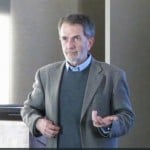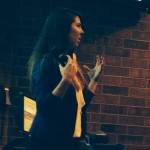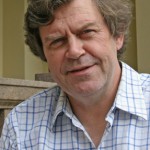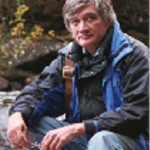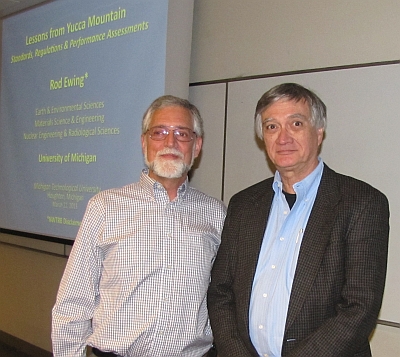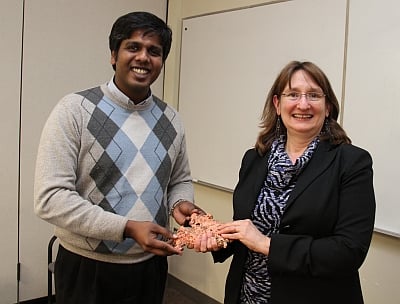 Rail Transportation Program and Environmental Engineering Geologists AEG Michigan Tech Student Chapter present Dr. Pauli Kolisoja Professor, Dept. of Civil Engineering Tampere University of Technology (TUT) in Finland presented a seminar on rail research at TUT at Michigan Tech on Monday, Sept. 9, 12-1 p.m. at DOW 875.
Rail Transportation Program and Environmental Engineering Geologists AEG Michigan Tech Student Chapter present Dr. Pauli Kolisoja Professor, Dept. of Civil Engineering Tampere University of Technology (TUT) in Finland presented a seminar on rail research at TUT at Michigan Tech on Monday, Sept. 9, 12-1 p.m. at DOW 875.
The title of the seminar is: “Railway Track Structures Research at Tampere University of Technology”
